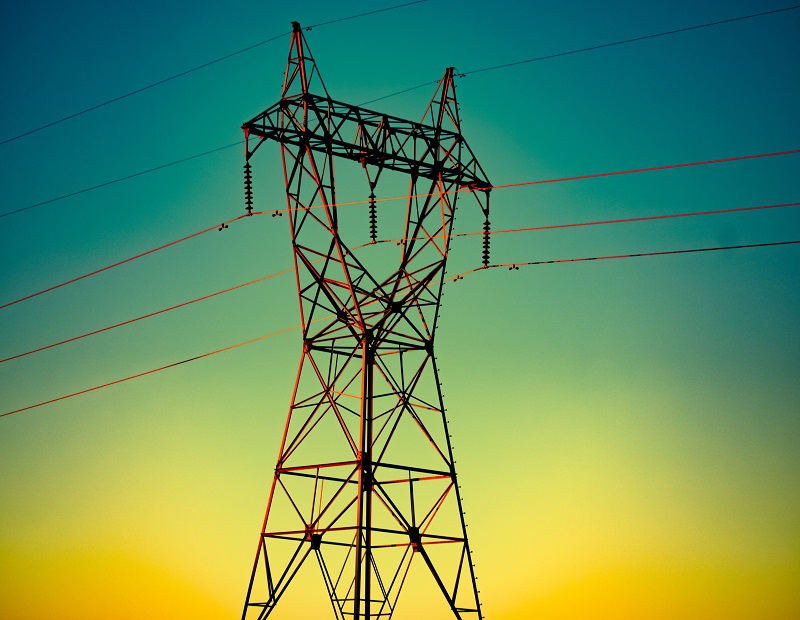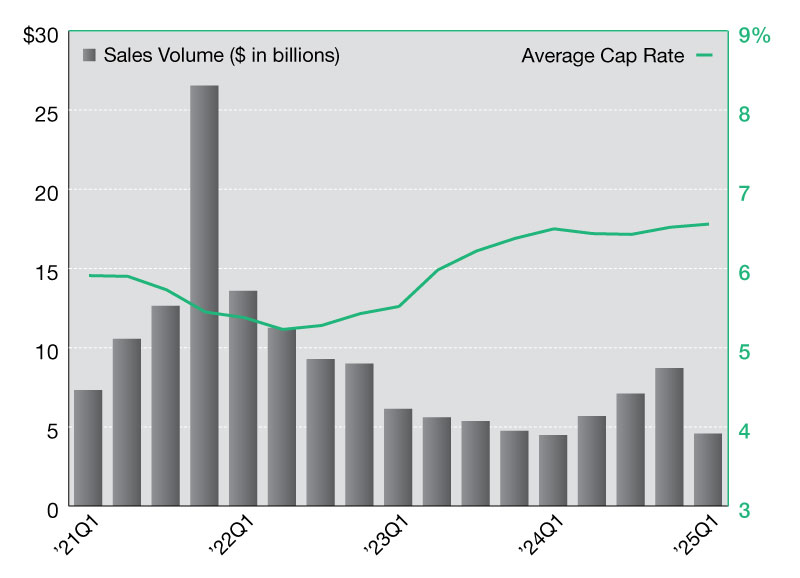What You’ll Pay for Electricity in 2020
A region-by-region roundup of next year's power price estimates for commercial real estate properties .
Energy prices are expected to remain relatively stable for commercial users in 2020 despite record investments by utilities on upgrading aging infrastructure, digitizing and securing the grid against natural disasters and cyber attacks.

Photo by Ernest Brillo on Unsplash
Scott Smith, vice chairman & U.S. power and utilities leader at Deloitte LP, noted that electricity rates are increasing across the country for all sectors—residential, industrial, commercial and agricultural—because of those capital expenditures. Yet customers are generally still not seeing big increases in pricing, due to a combination of factors including low cost of natural gas and declining costs of renewable energy, particularly wind and solar.
“The reason is the cost of power has come down so much,” Smith said. “A decade ago we were wondering whether we would have enough natural gas in this country. Now we’re swimming in it …we also sort of dodged a bullet on increases due to the cost of renewables coming down. And better energy management and efficiency further lowered the cost.”
For commercial users, the U.S. Energy Information Administration’s national average estimated cost for electricity in 2020 is 10.62 cents per kilowatt-hour. That represents a sight decline from 10.63 cents per kWh in 2019 and 10.67 cents in 2018.
The breakdown by quarter:
- Q1: 10.33 cents per kWh
- Q2: 10.58 cents per kWh
- Q3: 10.94 cents per kWh
- Q4: 10.56 cents per kWh
Regional Highs and Lows
Price estimates for next year are showing their typical regional variations. The West South Central region (Texas, Oklahoma, Arkansas, Louisiana) is projected to have the lowest average in 2020 at 7.89 cents per kWh, down from 8.02 cents in 2019 and 8.21 cents in 2018.
On the other end of the spectrum, the highest average rates next year will be faced in the six New England states (Maine, New Hampshire, Vermont, Massachusetts, Rhode Island and Connecticut). EIA’s estimates places prices at 16.30 cents per kWh, down from 16.38 cents in 2019 and 16.46 cents in 2018.
The South Atlantic region (Maryland, Delaware, West Virginia, Washington, D.C, Virginia, North Carolina, South Carolina, Georgia, Florida) is projected to come in behind West South Central at an estimated average of 9.22 cents per kWh, down from 9.33 cents per kWh in 2019 and 9.30 cents per kWh in 2018.
Mountain region (Montana, Wyoming, Nevada, Utah, New Mexico, Arizona, Colorado, Idaho) is projected to encounter average rates of 9.65 per kWh in 2020, up from 9.57 cents in 2019 and 9.56 cents in 2018.
In second place is the Pacific region (Washington, Oregon and California) with an estimated rate averaging 14.57 cents per kWh, up from 14.41 cents in 2019 and 14.20 cents in 2018.
The Mid-Atlantic (New York, New Jersey, Pennsylvania) is estimated to have an average rate of 11.86 cents per kWh in 2020, down from 12.15 cents in 2019 and 12.43 in 2018.
Central Outlooks
The East South Central region (Kentucky, Tennessee, Mississippi, Alabama) is projected to have an average rate in 2020 of 10.96 cents per kWh, up from 10.68 cents in 2019 and 10.52 cents in 2018.
EIA estimates the average 2020 rate for the East North Central region (Wisconsin, Michigan, Illinois, Indiana, Ohio) will be 10.24 cents per kWh, up from 10.17 cents in 2019 and 10.19 cents in 2018.

Photo of wind turbines by Brandon Hoogeboom via Unsplash
The West North Central region (Minnesota, North Dakota, South Dakota, Iowa, Nebraska, Kansas, Missouri) is projected to have an average rate of 9.99 cents per kWh in 2020, up from 9.69 cents in 2019 and 9.79 cents in 2018.
The EIA forecast comes about a month after Lazard released its annual studies in November comparing the costs of energy from various generation technologies.
The Lazard annual Levelized Cost of Energy Analysis (LCOE 13.0) found that as the cost of renewable energy continues to decline, technologies like onshore wind and utility-scale solar are becoming cost-competitive with conventional generation. The cost of generating energy from onshore wind fell by 3.5 percent and from utility-scale solar by 7.0 percent over the past year.
Lazard found that when U.S. government subsidies are included, the cost of building new onshore wind and utility-scale solar (with values averaging $28/MWh and $36/MWh, respectively) is competitive with the marginal cost of coal and nuclear generation (with values averaging $34/MWh and $29/MWh, respectively).






You must be logged in to post a comment.